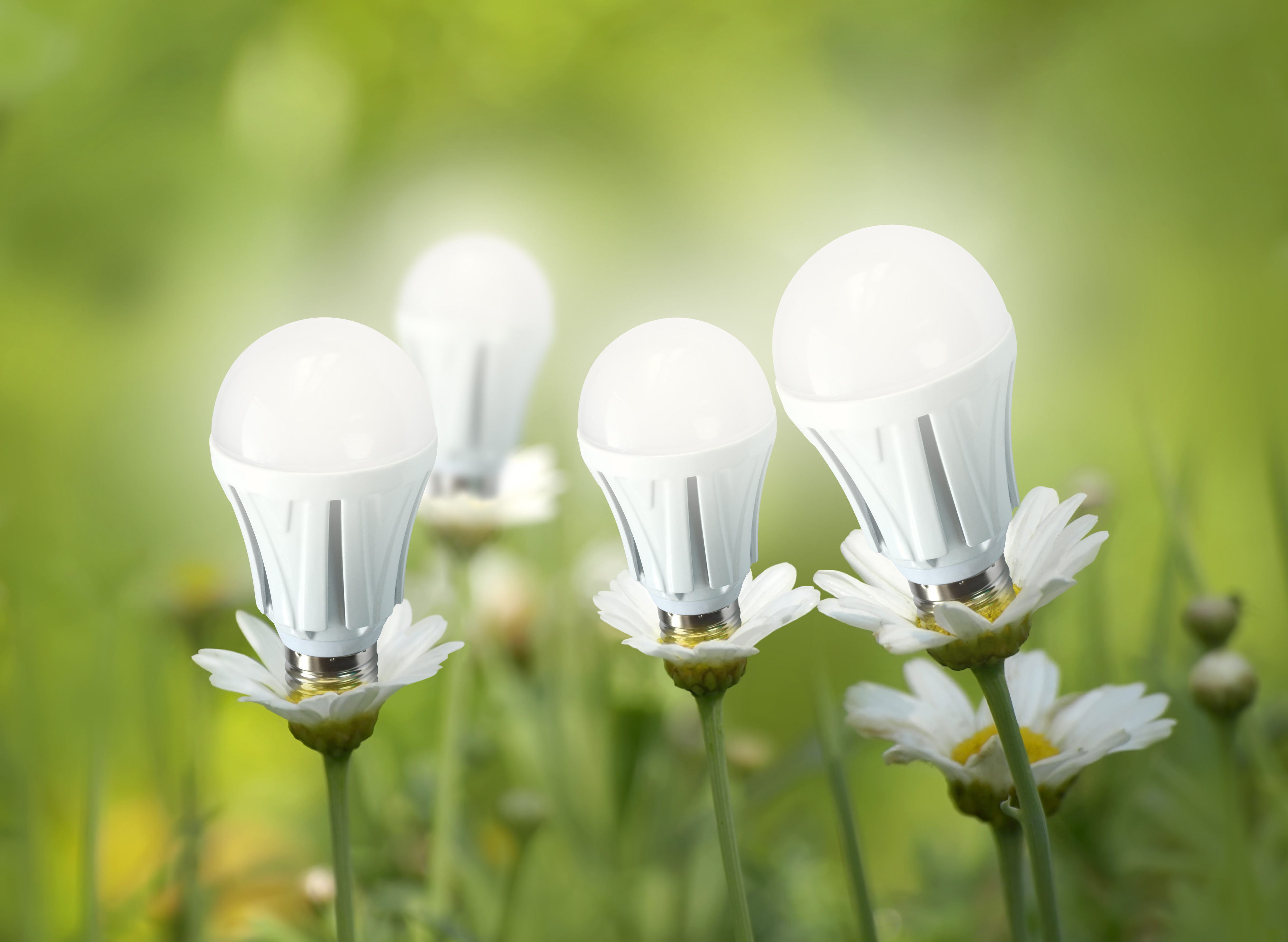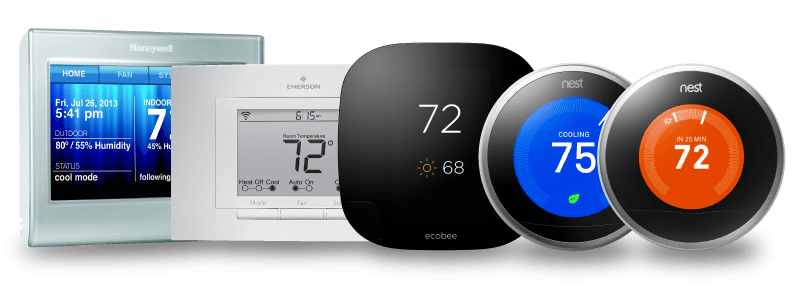LED lighting offers not only energy savings, but also a degree of flexibility that no other type of lighting can match. Practically any colour of light can be produced with LEDs, and there are now fixtures that allow simultaneous colour adjustment and dimming. Also, due to how compact individual LEDs are, fixtures can be manufactured with any shape imaginable.
Of course, the broad selection of LED products also means there is more margin for error when purchasing them. This article will explain some of the most important factors to consider when buying LED lamps or fixtures.
Use lighting products with a high colour rendering index
The Colour Rendering Index (CRI) of light sources indicates how faithfully they represent the colour of objects and surfaces. The highest possible CRI is 100, and it means the lighting quality is like that of sunlight; as the CRI is reduced, lighting quality is diminished. To get an idea of what a low CRI represents, stand under a sodium vapour lamp and notice how your skin becomes yellow!
Incandescent and halogen bulbs are inefficient and don’t last for long, but they have one redeeming quality: their CRI is 100, and that is why many homeowners continue to use them. The lighting output of LED bulbs is often criticised for being too “unnatural”, but this is a result of a poor CRI and not a characteristic of LED lighting itself. To achieve the best results, make sure you purchase LED products with the highest colour rendering index available.
Philips Lighting has an excellent animation of how the CRI affects colour perception. Their products are available in the Australian market, with CRI values of up to 95.
Choose the right wattage
One of the main purposes of an LED upgrade is to get the same lighting output while reducing the energy input. Incandescent bulbs are often compared to each other based on their wattage, but the practice is not valid when comparing them with LED lamps; instead, products should be compared based on lighting output, which is measured in lumens.
Assume you want to replace a 100-watt incandescent bulb that delivers 1600 lumens. If you look for a 100-watt LED lamp, you will most likely come upon high-output products intended for industrial or outdoor applications. On the other hand, if you look for a 1600-lumen LED lamp, you will notice its power consumption is much lower, probably under 20 watts and yielding savings of over 80%.
The importance of LED lighting colour
We already discussed the colour rendering index, or how effectively the light source presents the colours of other objects. However, the colour of the light source itself is also important when purchasing LED products. You will notice that not all “white” light sources are the same: some have a warm yellowish colour, others have a neutral white output, and others have a cool, slightly blue tone.
Cool light provides maximum visibility but it can also be exhausting and stressing for anyone exposed to it for long periods of time, and should only be used when visibility is the top priority. On the other hand, warm light enhances relaxation and is preferred in places like homes and restaurants. Finally, neutral tones offer a balance between awareness and comfort, and are normally used in places like offices, academic institutions and hospitals.
Lighting Council Australia has an excellent guide to lighting product labels on their site. By understanding labels, you can make sure the product you are buying meets your needs.








